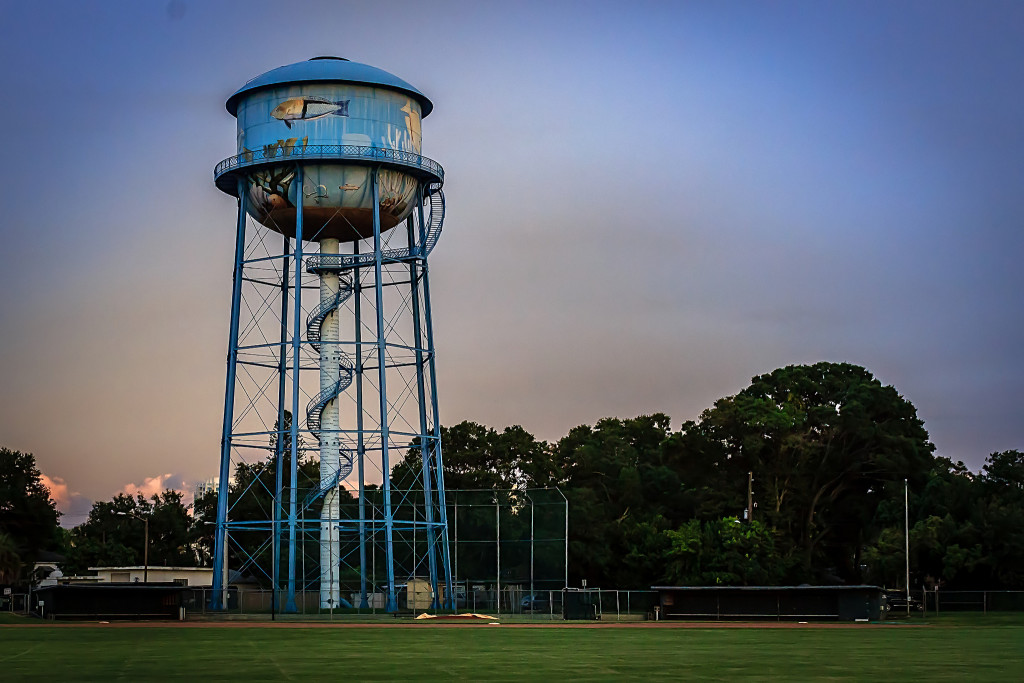Legionellosis (or Legionnaire’s Disease), a type of pneumonia caused by the bacteria legionella, is one of the most dangerous waterborne diseases in the United States. The disease can be very serious, especially for immune-compromised people such as children, pregnant women, and people undergoing chemotherapy. In the worst cases, legionellosis can even lead to death with estimates running as high as 30% mortality. Legionella kills more people per year than all food borne illnesses combined. Because legionella is often found naturally in untreated water, effective disinfection and prevention methods are essential for all facilities that host any of the high-risk group.
- Legionella Information
- Legionella Testing
- Legionella Prevention
- Legionella Treatment
- Legionella Remediation
ABOUT LEGIONELLA
Legionella is a common gram-negative bacteria found in soil and water. These bacteria thrive at temperatures ranging from 77 degrees Fahrenheit to 130 degrees Fahrenheit. Thus, they can often proliferate in hot tubs, hot water tanks, cooling towers and plumbing systems. People exposed to legionella do not contract legionellosis from drinking infected water. Instead, the disease spreads when people inhale droplets of water containing the bacteria. This often occurs in the shower or when someone breathes in vapors from humidifiers or cooling system heat exchangers. According to the CDC, up to 18,000 people are hospitalized every year with diseases related to legionella.

LEGIONELLA IN WATER DISTRIBUTION SYSTEMS
Legionella is naturally occurring in all water, but it is not always actively managed by water utilities. Standard water treatment procedures can disinfect the water from legionella before it enters distribution systems, but EPA standards allow HPC bacteria counts up to 500 colony forming units in public water supplies and still regard the water to be safe However, if even a few bacteria survive treatment, they can grow once they have passed into a distribution system and adhered themselves to the biofilm and scale commonly found in pipes, especially in commercial and residential buildings where low flow and warm temperatures create an ideal growth environment. The temperatures found in specific parts of the distribution system, including shower heads and hot water tanks, are ideal for proliferation.
OTHER WATERBORNE PATHOGENS
Legionella is not the only waterborne pathogen that poses a risk to public health. Other pathogens that may be present in water distribution systems include:
- Mycobacterium avium
- Acenotobacter baumannii
- Strenotrophomonas maltophilia
- Pseudomonas aruginosa
These microbes establish themselves in biofilm or scale that is held together by organic material waiting to bloom or erupt in water distribution and plumbing systems. They have been known to cause disease outbreaks or death among susceptible individuals who are exposed.
TREATING WATER TO ELIMINATE PATHOGENS
The treatment of water in order to eliminate waterborne pathogens, including legionella, is wrought with challenges. For example, when legionella and other pathogens are suspended in water, they can be eliminated easily through the use of disinfectants. However, in addition to their presence in free-flowing water, both pathogenic and non-pathogenic bacteria form biofilms on the interior walls of tanks, pipes and other water distribution equipment. Common disinfectants have had only limited success in eliminating biofilms when used on their own. Some of the disinfectants used include:
- CHLORINE – Even though chlorine is a very powerful disinfectant, it may not totally eliminate biofilms even when utilized in high concentrations.
- SHOCK THERMAL TREATMENT – When shock thermal treatment is used at temperatures above 70 degrees Celsius for several hours, temporary success is achieved.
- COPPER/SILVER – When properly managed, copper and silver have been moderately effective at removing pathogens.
- OZONE/UV – These strategies are somewhat effective in recirculating systems only and cannot address established biofilms where the bacteria are already harbored.
- CHLORINE DIOXIDE – Chlorine dioxide is somewhat effective, but not in hot water systems or far plumbing reaches. New research indicates that low-doses of chlorine dioxide actually promote biofilm growth.
- CHLORAMINE – Although less powerful than chlorine, chloramine has been successful at reducing legionella counts in plumbing systems. Chloramine has also been known to be a health risk.
In short, no one method has been completely effective when used on its own. However, facilities can increase the effectiveness of pathogen elimination by using a combination of techniques. Unless a facility addresses the deposits in pipes and low flow in “dead legs” present in all facility distribution systems, water-borne bacteria such as legionella are thriving and simply wait for a disruption of the biofilm or scale to break loose and spread.
OTHER ISSUES
Current federal regulations make it difficult for facilities to implement treatment protocols designed to manage pathogens in drinking water. For example, under EPA regulations, a facility with more than 25 users becomes a public water supply if it adds any treatment to the water it receives. Thus, if a facility implements a protocol in order to remove legionella and other pathogens from its water supply, it would become subject to the same reporting requirements, monitoring regulations and other obligations imposed on all other public water supplies. Not only can this be inconvenient and time consuming, but it can also raise the facility’s expenses considerably.
IMPLICATIONS FOR FACILITIES
Removing waterborne pathogens, such as legionella, from water supplies can be difficult. No one method, both chemical or non-chemical, has been completely effective on its own, and adding treatment to a commercial facility’s water may force the facility to adhere to a number of other EPA regulations with regard to reporting, monitoring and management. Nonetheless, in spite of these challenges, the dangers of waterborne pathogens are significant. Therefore, the only way for effective waterborne pathogen control and prevention is to remove the environment, the biofilm and scale in pipes, where these microbes thrive.
SOURCES:
Photo credit: Pulmonary Pathology / Foter / CC BY-SA
Photo credit: Holmes Palacios Jr. / Foter / CC BY
http://www.watertechonline.com/articles/167968-professor-poupoe-may-2014
http://www.cdc.gov/legionella/about/index.html

